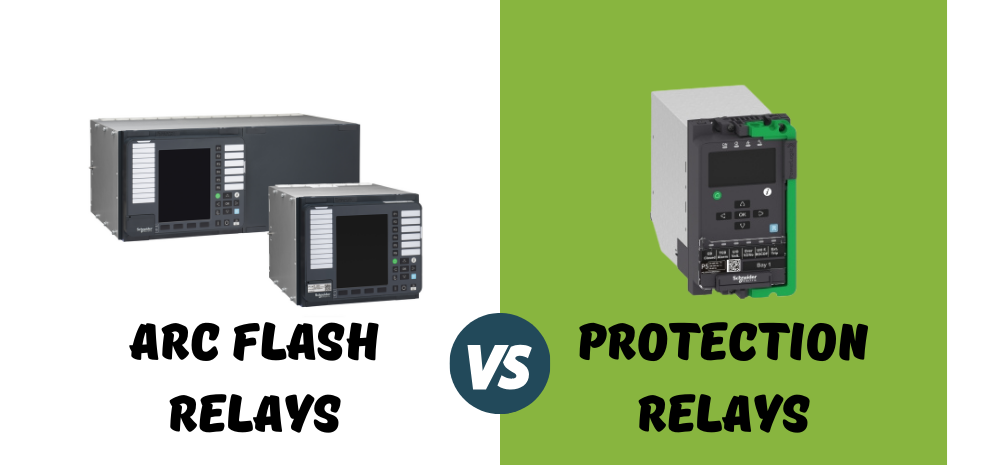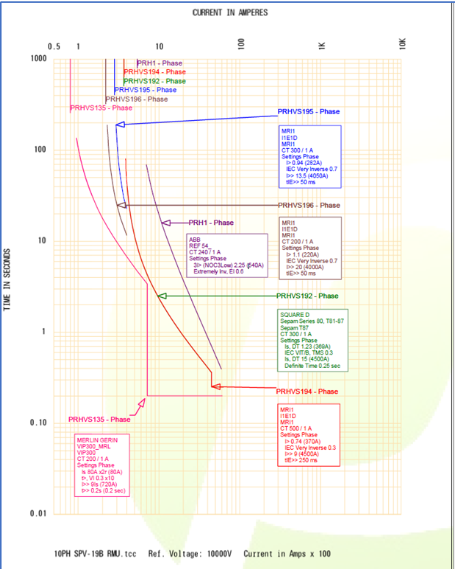The starting point when either establishing or reviewing electrical safety procedures at work is to identify and interpret the many applicable statutory and regulatory requirements. This is an onerous task, and not without risk in itself. And so, this exercise should only ever be undertaken by competent persons. Indeed, the Safety, Health, and Welfare at Work Act 2005 impose the duty on every employer to obtain, where necessary, the services of a competent person.
The aim of this article is merely to set the scene at a very high level with regard to legal duties for those in the workplace with primary responsibility for electrical safety, such as directors, managers, H&S practitioners and electrical engineers. This is not a detailed discussion or even a listing of those duties. That would require a much more extensive time.
First of all, the legal duties relating specifically to electrical safety at work in this jurisdiction are contained in the Safety, Health and Welfare at Work Regulations 2007. The Regulations apply to persons who design, install, maintain, use or are in control to any extent of an electrical installation, with some exceptions. Those are equipment and installations used exclusively for electrical testing or research, and medical equipment. Nonetheless, precautions must be taken with such equipment and installations so as to prevent danger.
Regulation 76 imposes the duty on every employer to ensure that all electrical equipment and installations are designed, constructed, installed, maintained, protected and used so as to prevent danger, while the remaining Regulations are more specific towards this end.
In the context of the Regulations, ‘danger’ means risk of personal injury from electric shock, burn, arcing, fire, explosion, and mechanical movement of electrically driven equipment, while preventing danger is qualified by ‘so far as reasonably practicable’.
What does ‘reasonably practicable’ mean?
‘Reasonably practicable’ is defined in the Safety, Health and Welfare at Work Act 2005, but not in absolute terms. The definition provided is virtually universally applicable, and so requires interpretation in the context of every hazardous situation in the workplace. And so, all legal duties require competent interpretation.
Although falling short of an absolute duty, where the occurrence of work-related injury, would constitute a breach of duty irrespective of any other considerations, ‘reasonably practicable’ is still a very high standard indeed. It should not be mistaken for ‘reasonably convenient’.
While some allowances may be made for the unusual, unforeseeable and exceptional nature of any circumstance or occurrence which may result in an accident or injury at work, it would appear that only the unforeseeable might be relied upon as a defense in all circumstances. A word of caution, the ‘unforeseen’ must not be mistaken for ‘unforeseeable’. If a workplace accident was unforeseen but foreseeable, then the employer will have been in breach of his statutory duty.
How might an employer determine what is ‘reasonably practicable’?
As mentioned at the outset, the employer must ensure that he has at his disposal a competent person(s). That is a competent H&S practitioner, but also a person(s) who is electrically competent. This does not mean mere generalists either in terms of H&S or electricity but instead specialises in terms of identifying and interpreting legal requirements relating to electricity at work, and electrical hazard identification and risk assessment, and in particular in relation to arc flash/arc blast hazards.
Hazard identification and risk assessment
The Safety, Health and Welfare at Work Act 2005 imposes the duty on employers and also any other person who has control to any extent of a place of work, and the latter includes contractors, to identify hazards, assess risks, be in possession of a written risk assessment, and to implement any improvement considered necessary. This requirement extends to electrical hazards, including arc flash/arc blast hazards. Risk assessment is also an express requirement within the meaning of ‘reasonably practicable’.
An essential element when analysing arc flash hazards is an arc flash hazard study which models an electrical network and calculates the prospective arc incident energy at working distance. This should be performed in accordance with the universally-recognized IEEE 1584 Guide for Performing Arc Flash Hazard Calculations. Armed with such data, the employer must then ensure that all arc flash hazards have been identified, and where those are unavoidable, appropriate risk treatment measures determined in terms of minimising the likelihood of occurrence and minimising the severity of the potential injury arising from any such occurrences.
This is where Premium Power can help. We are committed to ensuring that Arc Flash is at the forefront of discussion on workplace safety in Ireland and the UK especially in the context of the industrial manufacturing and data centre environments. Find out about some of the services we provide in arc flash assessment, analysis and training.














